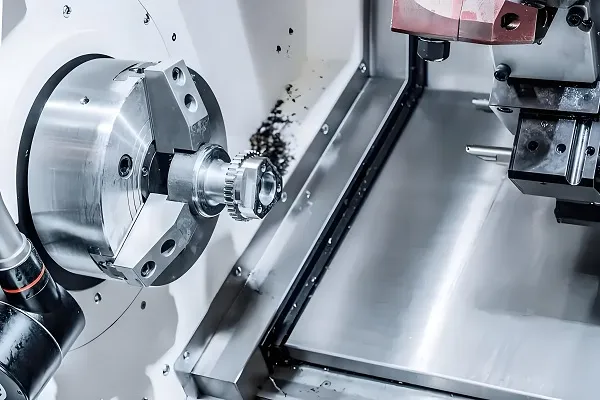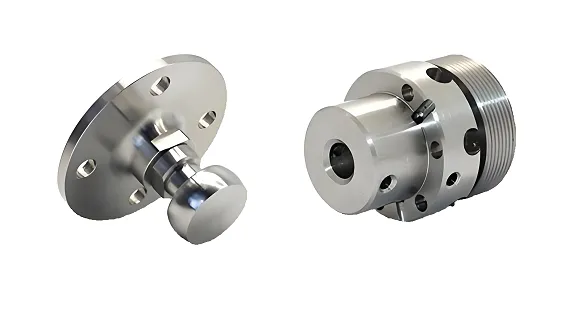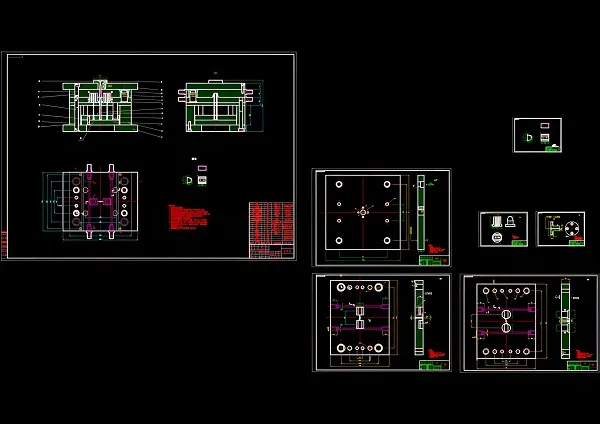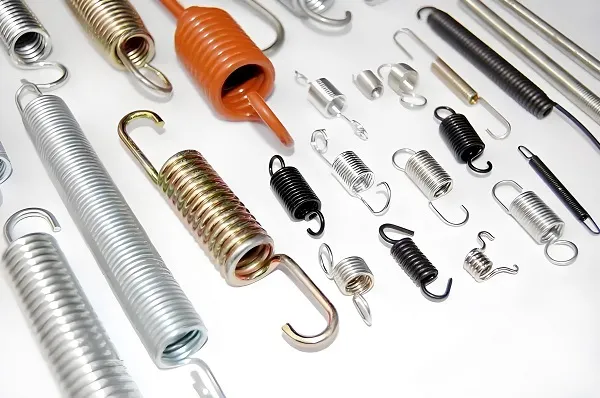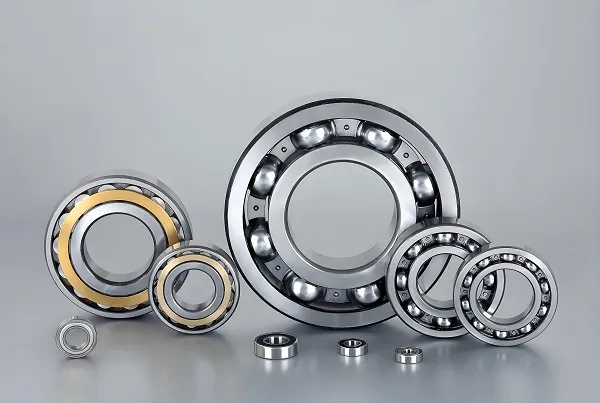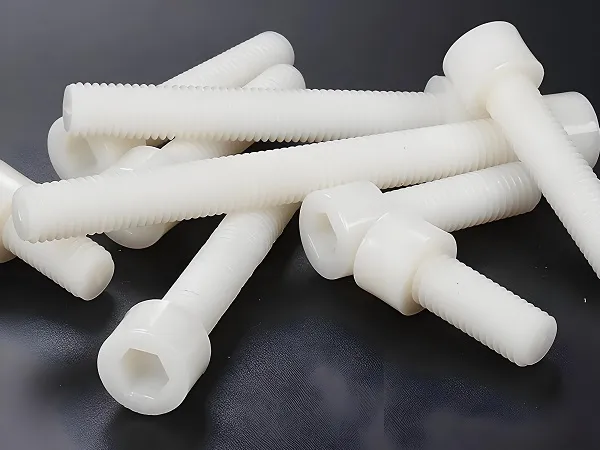In the dynamic landscape of modern manufacturing, the demand for high – precision brass components has never been greater. Combining the unmatched accuracy of CNC machining with the efficiency of metal stamping, our custom brass parts and metal stamping kits offer tailored solutions for industries ranging from electronics to automotive, plumbing, and beyond. This article explores the technical capabilities, integrated manufacturing processes, material advantages, quality control, and industry applications of our brass parts CNC machining and metal stamping kits, highlighting their role in delivering reliable, cost – effective components.
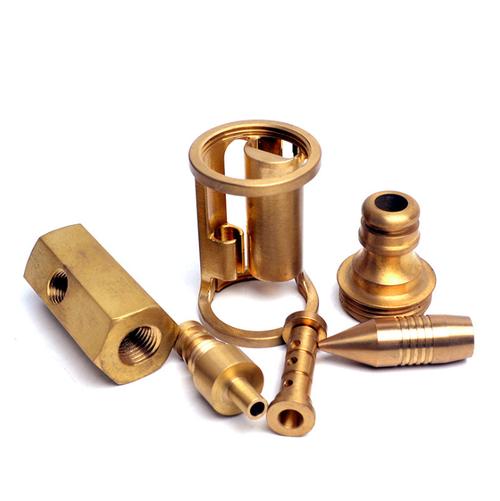
CNC machining systems achieve exceptional dimensional accuracy for brass parts, with positioning accuracy reaching ±0.003mm and repeatability within ±0.005mm. This precision is critical for components like electrical connectors, where pin diameters and socket depths must adhere to tight tolerances (e.g., ±0.002mm for high – frequency signal transmission). Five – axis CNC technology enables the machining of complex geometries, such as multi – stepped bushings or intricate valve bodies, reducing setup errors by 70% compared to traditional methods.
Our metal stamping kits are designed for efficiency, with progressive dies capable of producing up to 500 parts per minute. Advanced stamping presses (up to 500 tons) ensure consistent forming of brass sheets (0.1mm – 5mm thickness) into components like washers, brackets, and heat sinks. Precision tooling design minimizes material waste (down to 15% scrap rate) while maintaining dimensional stability, ideal for large – scale automotive and electronics applications.
For components requiring both precision machining and stamping, our hybrid approach integrates the two processes seamlessly. For example, a brass electrical terminal may first be stamped for basic shape formation, then CNC – machined for precise thread cutting or surface finishing. This reduces production time by 30% compared to standalone processes while ensuring both structural integrity and functional accuracy.
Our engineering team begins by understanding your application needs:
- Functional Requirements: Load capacity, electrical conductivity, corrosion resistance
- Environmental Conditions: Temperature ranges, humidity, chemical exposure
- Production Scale: Prototyping (1 – 100 units) vs. mass production (10,000 + units)
Using 3D scanning and FEA simulations, we validate designs for manufacturability, ensuring optimal material usage and process compatibility.
We offer a range of brass alloys tailored to your needs:
| Alloy |
Key Properties |
Applications |
Tensile Strength |
| C26000 (70/30 Brass) |
Excellent formability, bright finish |
Decorative hardware, musical instruments |
345 MPa |
| C36000 (Free – Machining Brass) |
High machinability, lead – enhanced |
Screws, connectors, small gears |
415 MPa |
| C22000 (90/10 Brass) |
Superior thermal conductivity |
Heat sinks, radiator components |
240 MPa |
- Design & Tooling: CAD/CAM software generates stamping die designs and CNC toolpaths in parallel, with rapid prototyping via 3D printing for die validation.
- Stamping Phase: High – speed presses form brass sheets into blanks, with automated quality checks for edge burrs and dimensional consistency.
- CNC Machining: Precision machining of critical features (threads, holes, complex surfaces) using live tooling lathes and 3 – axis mills.
- Finishing: Optional processes include polishing, electroplating (nickel, chrome), and passivation to enhance corrosion resistance and aesthetics.
- Raw Material Testing: Spectroscopic analysis for alloy composition, hardness testing (Rockwell B scale), and grain structure microscopy.
- In – Process Control: Statistical process control (SPC) monitors stamping pressure, CNC spindle speed, and tool wear, with real – time adjustments to maintain tolerance compliance.
- Final Inspection: CMM scanning for dimensional accuracy, visual inspection for surface defects, and functional testing (e.g., torque testing for threaded components).
- Connectors & Terminals: CNC – machined brass pins with 0.005mm diameter tolerance ensure low – resistance electrical contact in USB connectors and circuit breakers.
- Heat Sinks: Stamped brass fins with CNC – milled mounting holes provide efficient heat dissipation in power electronics, with thermal conductivity up to 110 W/m·K.
- Engine Components: Stamped brass valve seats and CNC – turned bushings withstand high – temperature engine environments, reducing friction by 20% compared to standard components.
- Interior Trim: Decorative brass accents and structural brackets, formed via stamping and finished with CNC polishing, combine aesthetics with mechanical strength.
- Faucet Components: Stamped brass bodies with CNC – machined threads (NPT/NPSM compliance) ensure leak – free connections, meeting ASME B1.20.1 standards for pipe threads.
- Door Hardware: Custom – stamped brass hinges and handles, CNC – engraved for intricate patterns, offer both durability and design flexibility.
- Gears & Sprockets: CNC – hobbed brass gears with 20° pressure angle and stamping – formed sprockets provide smooth power transmission in conveyor systems, with noise reduction of up to 15 dB.
Our stamping kits include:
- Progressive Dies: For multi – step forming (e.g., blanking, piercing, bending) in a single pass
- Compound Dies: For complex shapes requiring simultaneous cutting and forming
- Die Materials: D2 tool steel (58 – 62 HRC) for high – wear resistance, with lifespans exceeding 500,000 cycles
- Low MOQs: Start with 500 units for stamping, 10 units for CNC – machined parts
- Tooling Reuse: Modular die components reduce setup time for design variations by 40%
- Volume Discounts: Significant cost savings for orders over 10,000 units, with automated inventory management for repeat orders
Every batch of brass raw material is tracked via unique lot numbers, with full documentation of chemical composition, mechanical properties, and heat treatment history.
- X – Ray Fluorescence (XRF): Verifies alloy composition within 0.5% tolerance
- Ultrasonic Testing: Detects internal defects in thick – walled components (≥3mm)
- Cogging Checks: Ensures stamping dies are aligned within ±0.01mm for consistent part quality
- Prototyping: 7 – 10 days (including die design)
- Production: 15 – 20 days for orders up to 10,000 units
Yes, we offer:
- Polished (Ra 0.8μm), brushed, electroplated (nickel, gold, chrome), and passivated finishes.
We can stamp brass sheets as thin as 0.1mm while maintaining dimensional stability.
Our engineering team provides free DFM (Design for Manufacturing) reviews, optimizing designs for both CNC machining and stamping efficiency.
Primarily electronics, automotive, plumbing, and industrial equipment, with custom solutions for aerospace and medical applications.
A leading connector company reduced production costs by 25% using our hybrid CNC – stamping solution for their high – frequency connectors. CNC – machined contact tips (±0.003mm tolerance) paired with stamped bodies improved signal integrity and assembly speed.
A global faucet manufacturer achieved 99.8% leak – free connections by using our stamped brass valve bodies, CNC – threaded to ASME standards. Annual maintenance costs dropped by 30% due to improved component durability.
By combining stamping for gear blanks and CNC hobbing for tooth profiles, a gear manufacturer reduced lead times by 40% while achieving AGMA Q10 gear quality standards, enabling faster delivery for heavy – duty machinery orders.
Unlock the Potential of Brass Components Today!
Whether you need precision – machined brass parts, high – volume stamped components, or an integrated manufacturing solution, our team delivers excellence at every step. Contact us to discuss your project and receive a customized quote tailored to your specifications.


